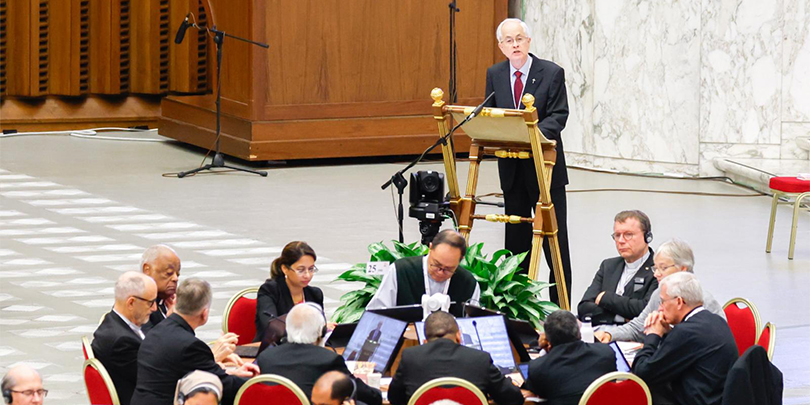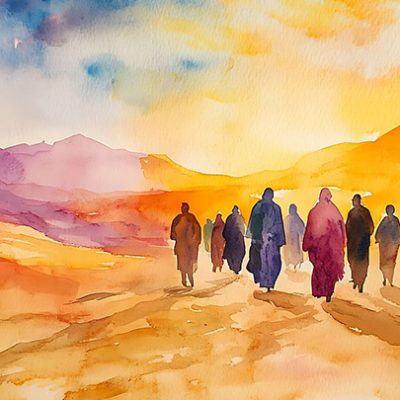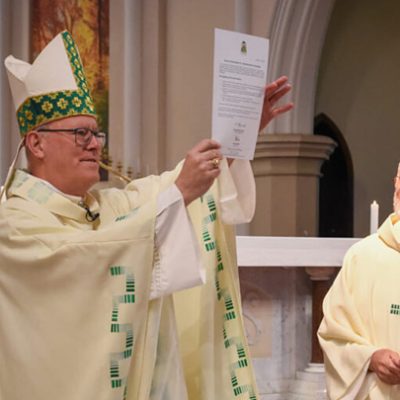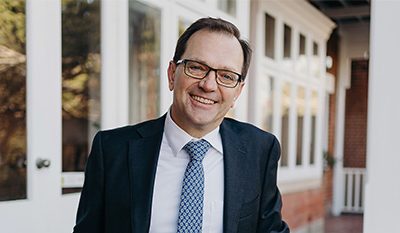
The Church in Australia played an outsized role in shaping the global consultation process for Pope Francis’ Synod of Bishops, writes Christopher White. Source: NCR Online.
“Australia punched well above its weight,” Bishop Vincent Long OFM Conv told me last month during a visit to the country for a series of lectures sponsored by the Parramatta Diocese, Australian Catholic University, and Newman College, Melbourne.
In July 2022, some 277 delegates from throughout the country gathered in Sydney for the second assembly of Australia’s Plenary Council. Both the style and the substance of that weeklong meeting would prove consequential for the global Church.
Unlike past synods, the first session of Francis’ Synod on Synodality took place at roundtables, rather than utilising the stadium-style seating of the Vatican’s Synod hall. Cardinals and bishops sat shoulder to shoulder with lay people from around the world, who for the first time were also granted the right to vote in the Synod.
No longer did Synod delegates spend hours listening to prepared remarks, where they could sit back and doze off or check emails. Instead, the month-long Synod opted for a new methodology known as “spiritual conversations” over three rounds.
Prayer and meditation broke up each round, and the results of the roundtable discussions served as the basis for shaping the Synod’s final document.
The origins and inspiration for all this? Australia’s Plenary Council, which utilised the same methodology and practices.
In the end, Australia clocked in with a total of 13 synod participants in Rome, making it the third largest delegation just behind Italy and the US.
FULL STORY
To understand Rome’s Synod of Bishops, look to Australia (By Christopher White, NCR Online)






